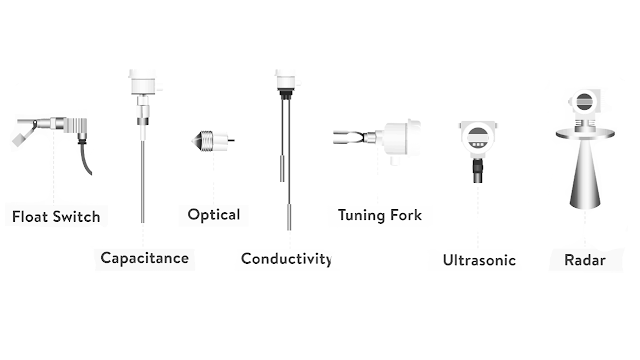Flow and Level Sensor

Flow and Level Sensor Level Sensors A level sensor is a device that is designed to monitor, maintain, and measure liquid (and sometimes solid) levels. Once the liquid level is detected, the sensor converts the perceived data into an electric signal. Level sensors are used primarily in the manufacturing and automotive industries, but they can be found in many household appliances as well, such as ice makers in refrigerators. What is a Liquid Level Sensor? Liquid level sensors, also called liquid level switches, are designed to change state when immersed in a liquid. They are used to determine if a liquid or oil exists at a particular level in a container. Introduction Level sensors are useful devices that are used to detect the level of substances such as liquids, powders and granular materials. There is a wide range of level sensors and they are all used in different industries. Some level sensors can be used for any fluid and others can only be used for certain substances.



